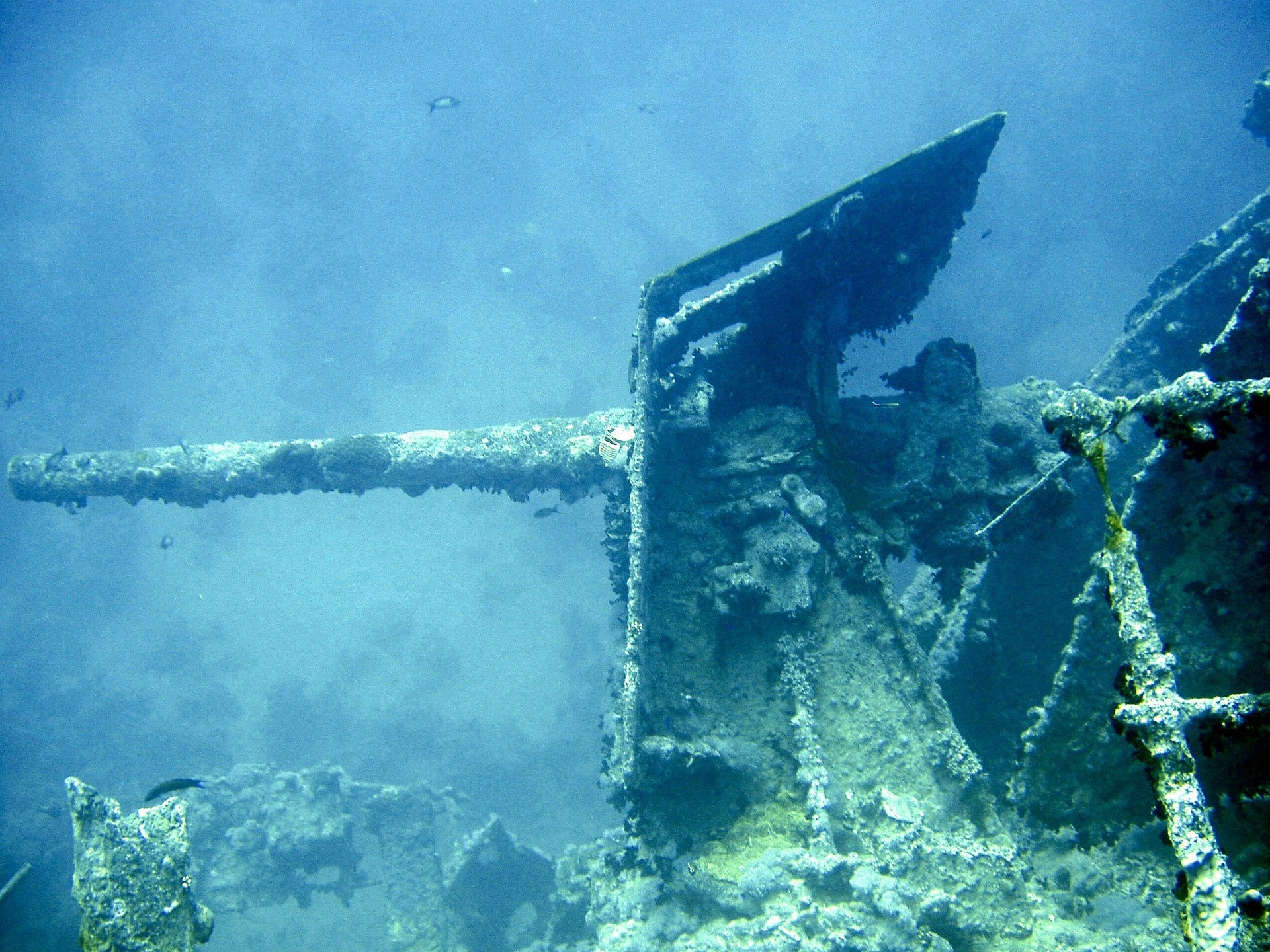
A group of scientists working under Interreg Atlantic Area KETmaritime Project has discovered a so-called “blue-light” laser that could radically transform underwater range-finding, imaging and communication within the maritime industry.
The findings were published earlier today in a report that looked at the potential of ‘Photonic Marine Applications’.
A €1m project supported by the European Regional Development Fund, KETmaritime involves seven partners across Europe whose goal is to find and use Key Enabling Technologies (KET) to bolster the Atlantic maritime industry.
Announcing the report, Ana Vila, the project coordinator who works for the International Iberian Nanotechnology Laboratory (INL), said the results were obtained through a collaboration with Spanish research centre AIMEN in a hope to enable new discoveries in the field of the marine laser development through the use of Photonic Marine Applications.
Put simply, photons are an elementary particle of light carrying energy that can also be used to concentrate beams for a range of applications including cutting and welding, 3D scanning and surgical applications, as well as presence detection for door control, bar code scanning and printers. The global photonics market is going from strength to strength and is expected to surpass €615bn this year, opening up new opportunities for the maritime industry.
Vila said that these photonics will be one of the most important technologies for the 21st century.
How well do you really know your competitors?
Access the most comprehensive Company Profiles on the market, powered by GlobalData. Save hours of research. Gain competitive edge.

Thank you!
Your download email will arrive shortly
Not ready to buy yet? Download a free sample
We are confident about the unique quality of our Company Profiles. However, we want you to make the most beneficial decision for your business, so we offer a free sample that you can download by submitting the below form
By GlobalData“Through recently acquired knowledge and technological breakthroughs we are ready to profit from the photonic revolution achieving greater advances and control in the application of light across many high-tech markets,” she added. “In the coming years, the maritime sector will greatly benefit from a broad variety of applications of photonic devices.”
Vila went on to say that using photons is essential for Structural Health Monitoring of marine assets, as well as using Virtual and Augmented Reality across shipbuilding.
“It will also play a particularly important role in the development of detection and recognition systems applicable to areas including navigation, tracking of objects and masses at sea and maritime rescue,” she continued.
According to a statement from KETmaritime, one of the project’s partners, French research laboratory CIMAP, is currently responsible for developing blue-light lasers through the use of photons.
“[CIMAP] recently achieved a record 7.5W constant wave output at 452nm wavelength,” said Vila. “This is understood to be by far the highest constant wave pure blue power generated from a frequency-doubled fibre laser.
“The absorption of light in pure water is lowest in the 400-450nm spectral range. Laser light set in this range can penetrate long distances with minimal reduction in strength.
“These light sources can be used to determine distances, or by means of Lidar techniques record underwater objects, like submarines and archaeological sites.”
While traditionally, methods to detect underwater items have entailed acoustic waves, the study showed that using laser-based systems led to a better range resolution and more chances of high directionality. “They also allow new methods of wide-band and interception-proofed communication,” Vila said.
Alongside CIMAP and AIMEN, the consortium responsible for the project includes Portuguese maritime economic cluster Fórum Oceano, Spanish industrial design centre IDONIAL, Ireland’s national centre for marine and renewable energy MaREI and UK marine cluster organisation Marine South East.
The KETmaritime project is funded by the Interreg Atlantic Area Program, via the European Regional Development Fund.







